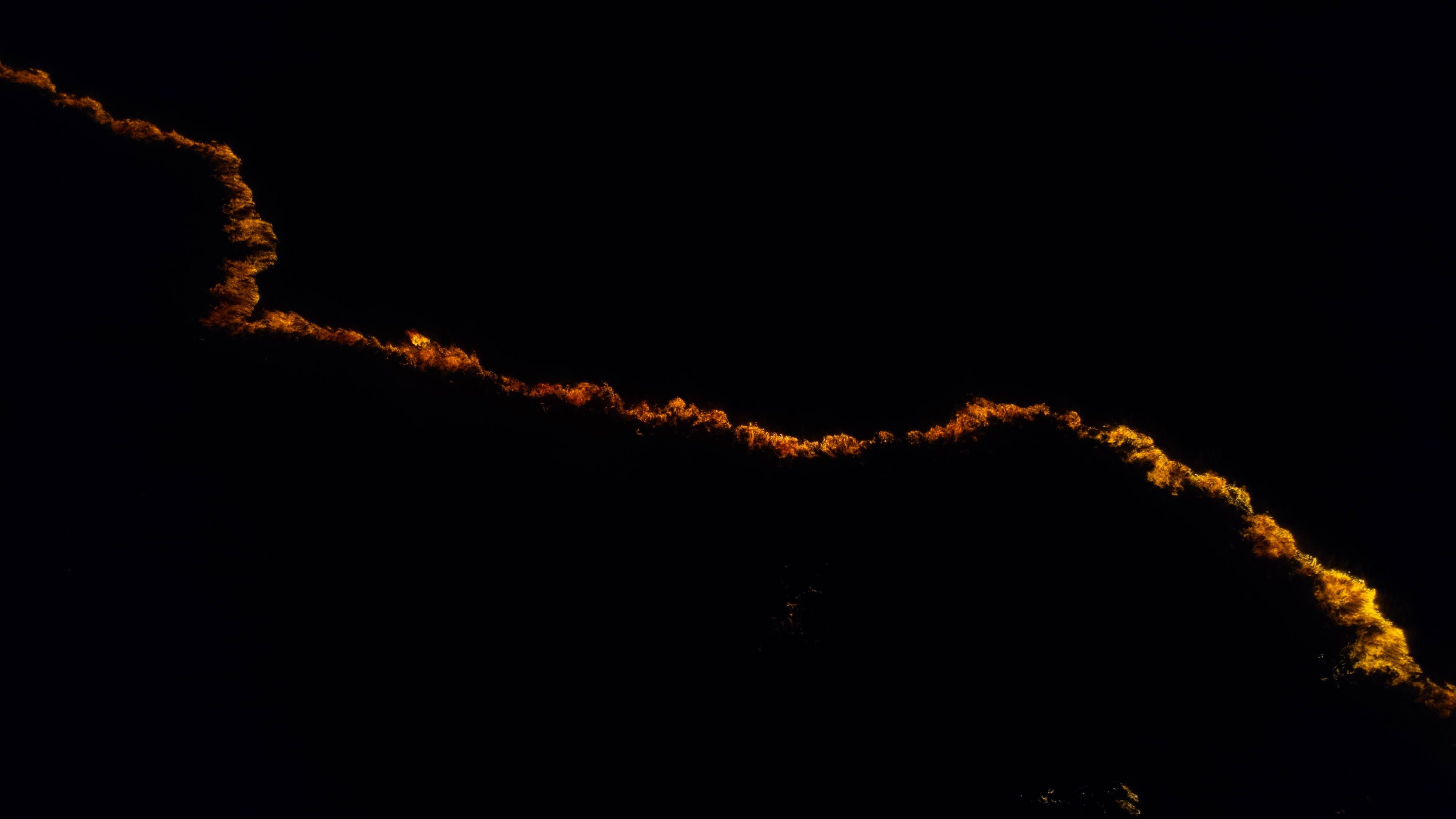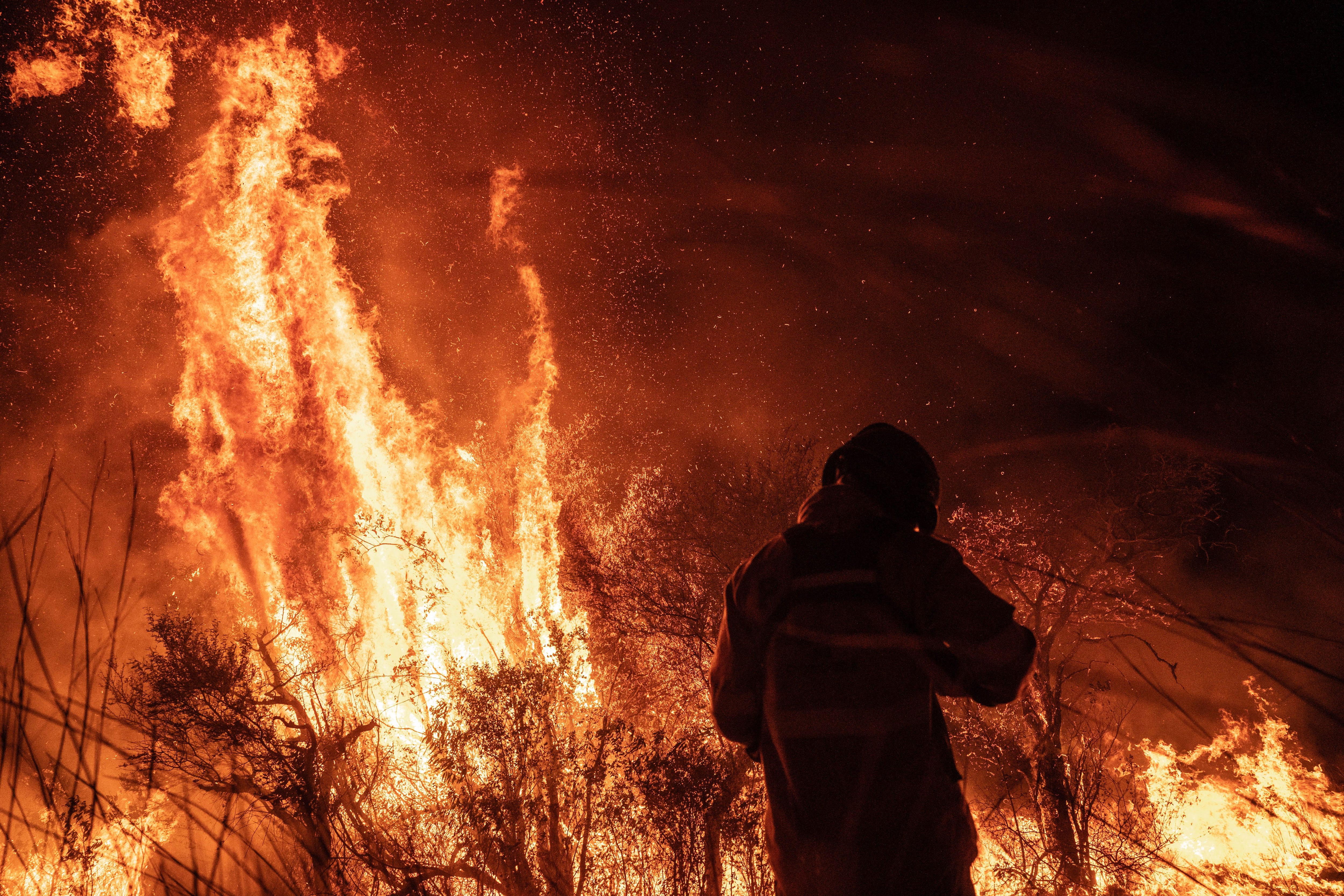
After two months of intense activity and massive destruction on tens of thousands of hectares, the National Fire Management Service indicated that the two active fire outbreaks in the province of Corrientes have already been controlled.
The agency corresponding to the Ministry of the Environment of the Nation announced in its daily report on Sunday, March 20, that both the foci that were active in the towns of Ituzaingó and Caá Catí (Estero de las Maloyas) were controlled and made no further mention of other possible active sources.
According to its own references, the agency mentions controlled fire when “The line of control has been definitively established, anchored and secured. It is considered that there is no possibility of regrowth. This situation would have to be irreversible.”
According to the same SNMF, the area affected by the fires in the province of Corrientes between January 1 and March 15 was 81,204 hectares. These figures clash with those reported by some specialists in the area, who indicated that the affected area was hundreds of thousands of hectares.

In the rest of the country, the province of Chubut recorded similar figures, with 80,165 hectares razed, while those still on the list are at an abysmal difference: San Luis was the third most affected province in that period, with 36,574 hectares burned.
The SNMF also reported in its report that the Ministry of Environment will invest heavily in the recovery of forests of great importance for the biodiversity of the province.
“After the forest fires in Corrientes, several forests of great value for the biodiversity of the Iberá macrosystem were affected, whose recovery is taking place more slowly than grasslands and wetlands. This strengthening of nurseries includes the purchase of inputs and goods, coordination with neighborhood organizations and NGOs in the area, and environmental education actions. The investment of the national government for this initiative would reach 40 million pesos,” the agency reported in the report.
In early March, the governor of Corrientes, Gustavo Valdes, had reported that the rain had managed to put out all the fires in the province since mid-January.
“Great news!” , Valdés announced at the beginning of his statement through a post on his official Twitter account. “After more than two months of drought, it rained again in Corrientes and the province no longer has any active fire sources,” said the local governor.
However, from the Ministry of Environment itself they contradicted it at the time: “Many foci are active, although controlled, but we cannot say that the issue is definitively over,” said the Minister for Environmental Control and Monitoring of the Ministry, Sergio Federovisky.

However, some local media indicated on Saturday night that there were growing hotbeds of fires in the northern part of Corrientes, more precisely in the region of Cerrudo Cue. Provincial authorities indicated that these fires are contained but not yet controlled.
Meanwhile, the national government report has not yet referred to the problem in that area of the province.
According to the report, the agency added that the fires were contained in the Santa Fe town of Vera and in the department of Fray Mamerto Esquiú, Catamarca.
Likewise, the llamas located in the Lago Martín Complex, located in the rionegrina city of Bariloche, were contained. There, the entity sent 32 brigades and support personnel, 5 aircraft (4 hydrants and 1 observer) and 3 helicopters operating from Bariloche and El Bolsón bases, 2 boats and support mobiles.
Also in the town of Aluminé, Neuquén, the fire sources were contained, with the help of a helicopter to combat the fire sent by the SNMF.
With information from Telam
KEEP READING:
Últimas Noticias
Debanhi Escobar: they secured the motel where she was found lifeless in a cistern
Members of the Specialized Prosecutor's Office in Nuevo León secured the Nueva Castilla Motel as part of the investigations into the case

The oldest person in the world died at the age of 119
Kane Tanaka lived in Japan. She was born six months earlier than George Orwell, the same year that the Wright brothers first flew, and Marie Curie became the first woman to win a Nobel Prize

Macabre find in CDMX: they left a body bagged and tied in a taxi
The body was left in the back seats of the car. It was covered with black bags and tied with industrial tape
The eagles of America will face Manchester City in a duel of legends. Here are the details
The top Mexican football champion will play a match with Pep Guardiola's squad in the Lone Star Cup

Why is it good to bring dogs out to know the world when they are puppies
A so-called protection against the spread of diseases threatens the integral development of dogs




